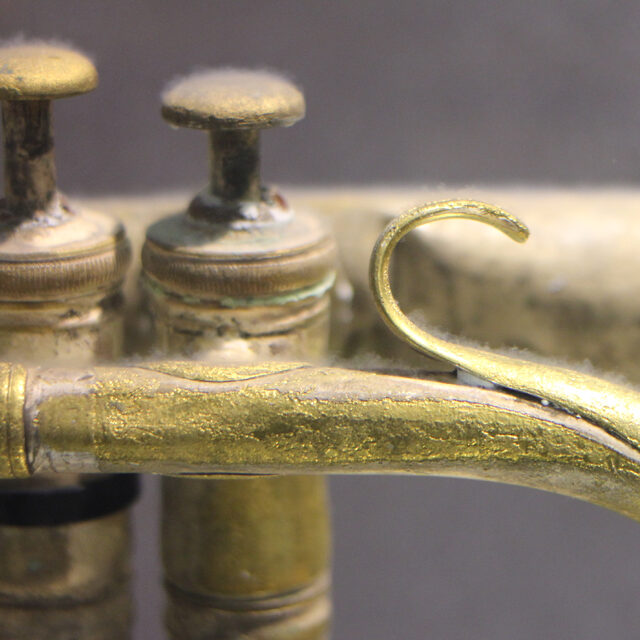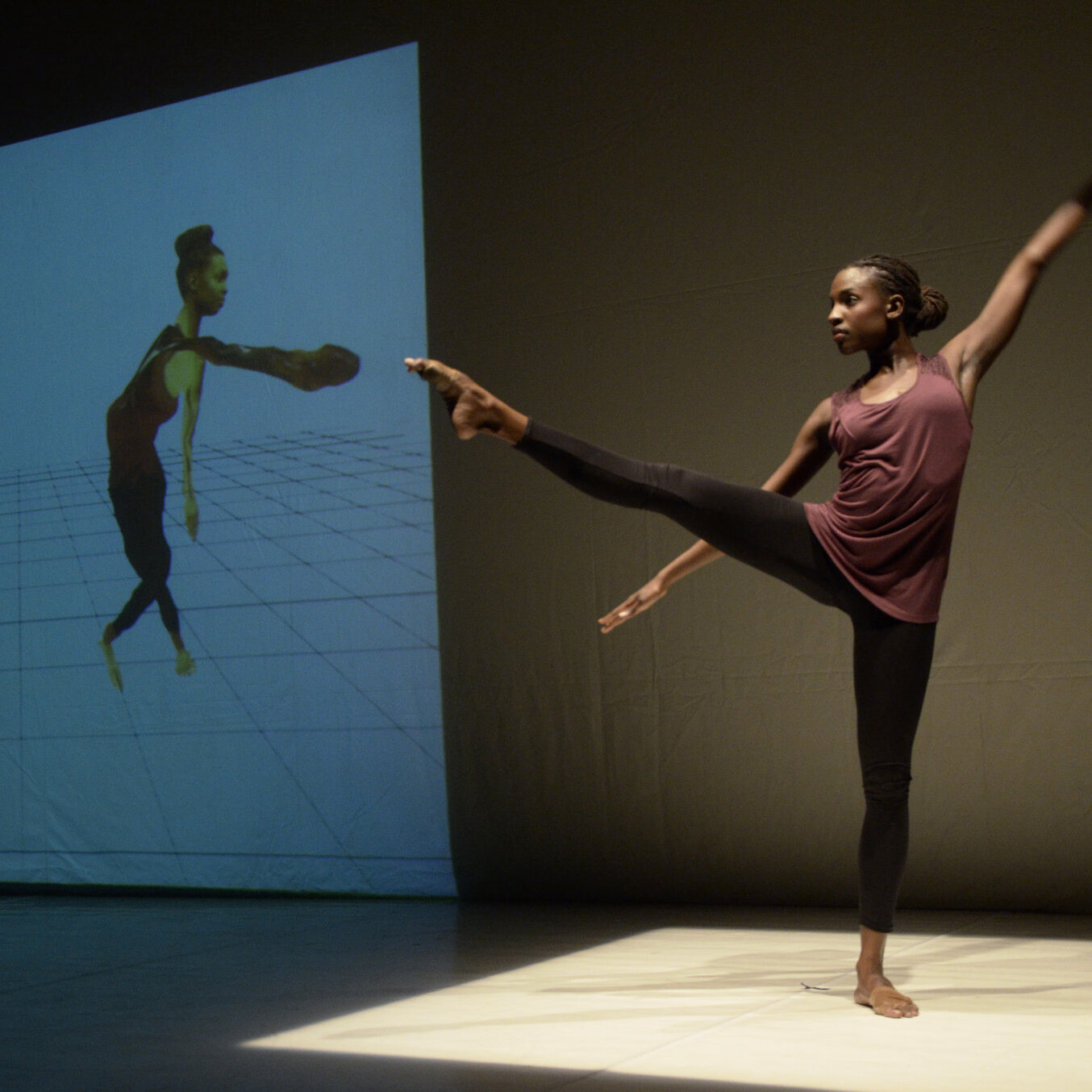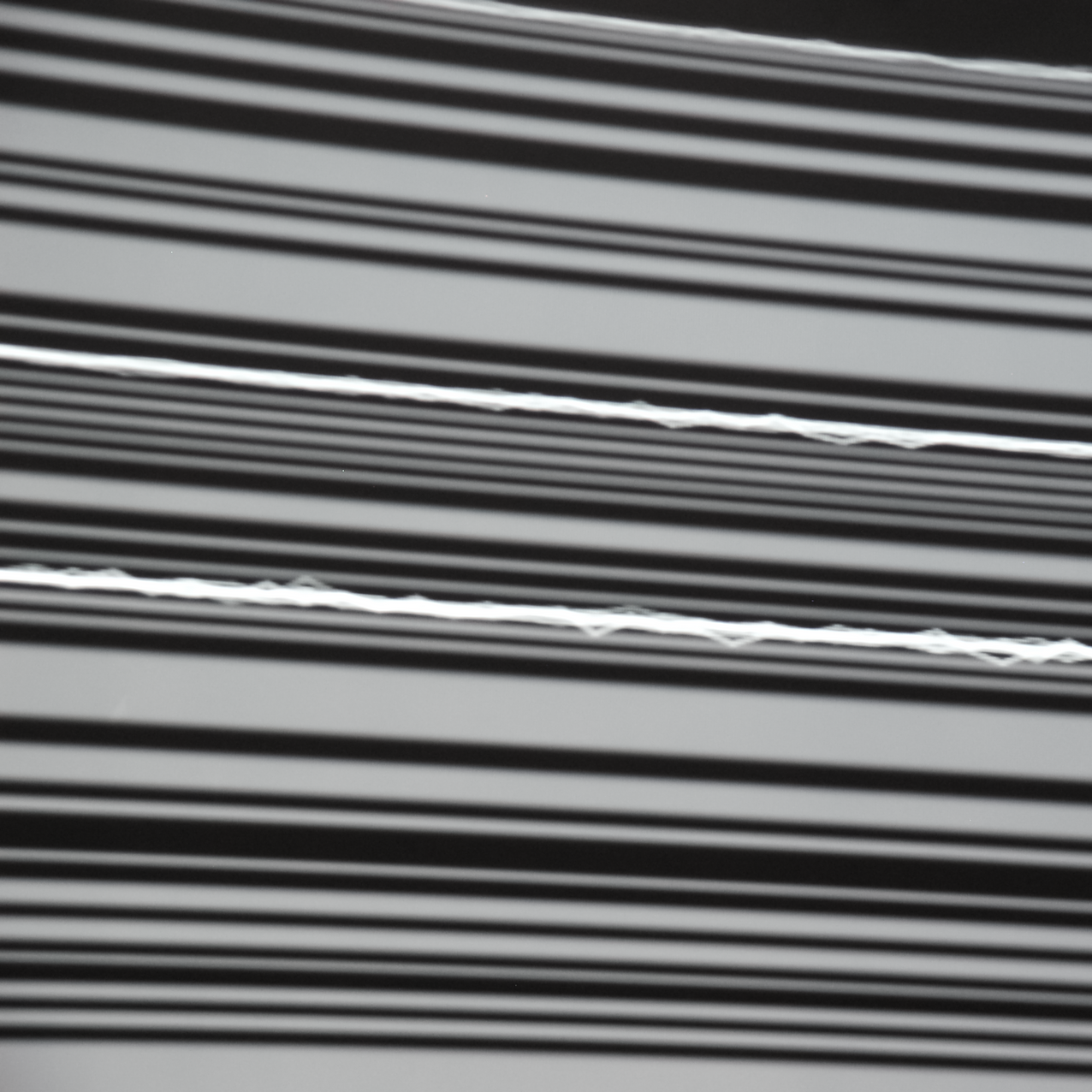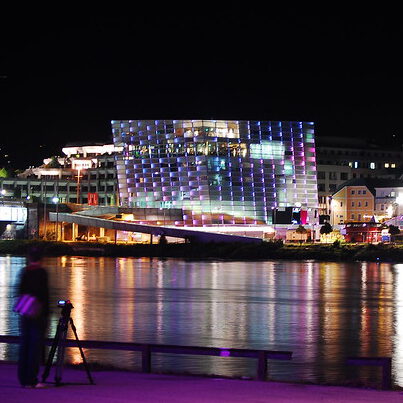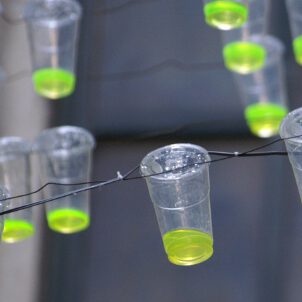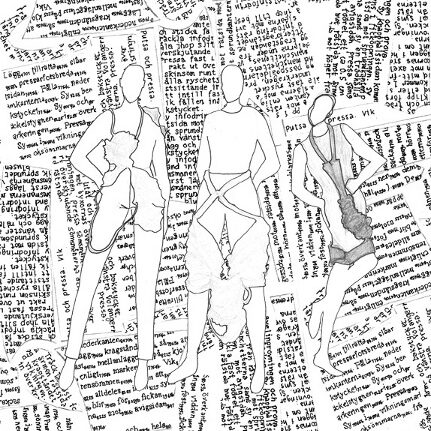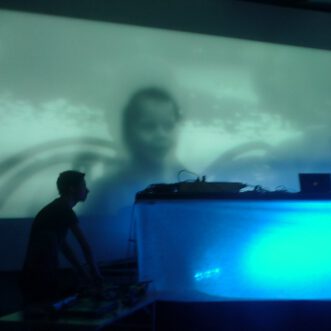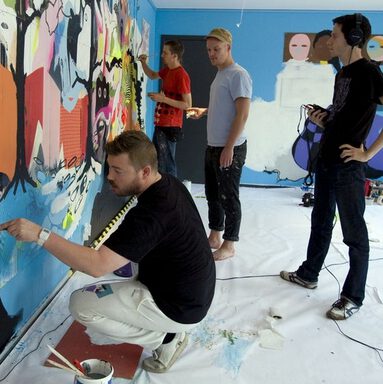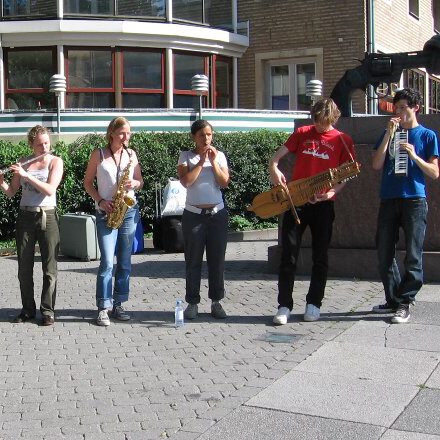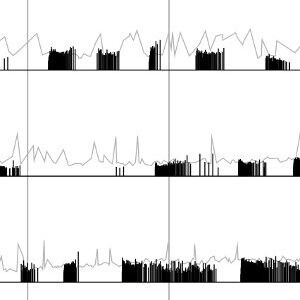Cycles of Brass is a digital media art installation which aims to foster a reflection on the resilience, vulnerability and transient nature of Northern English brass music culture throughout history. It visually, sonically and metaphorically links this question to the physicality of brass – the material that shapes the musical aesthetics and history of brass music – and to the transformative impact of time and context.
Two formerly discarded brass instruments are suspended in separate transparent water tanks and exposed to opposite transformative chemical reactions; one progressively decaying, and the other being progressively restored throughout a period of three months. These processes are translated into an abstract brass soundscape that changes in parallel with the instruments using sensor and sound processing technology, thereby linking the physical transformation of the instruments to the acoustic realm for which they were created: a webcam senses the visual changes on the surface of the brass using Processing, while a Supercollider sound processor modifies bespoke samples of brass sounds based on the changes of sensor values through time.
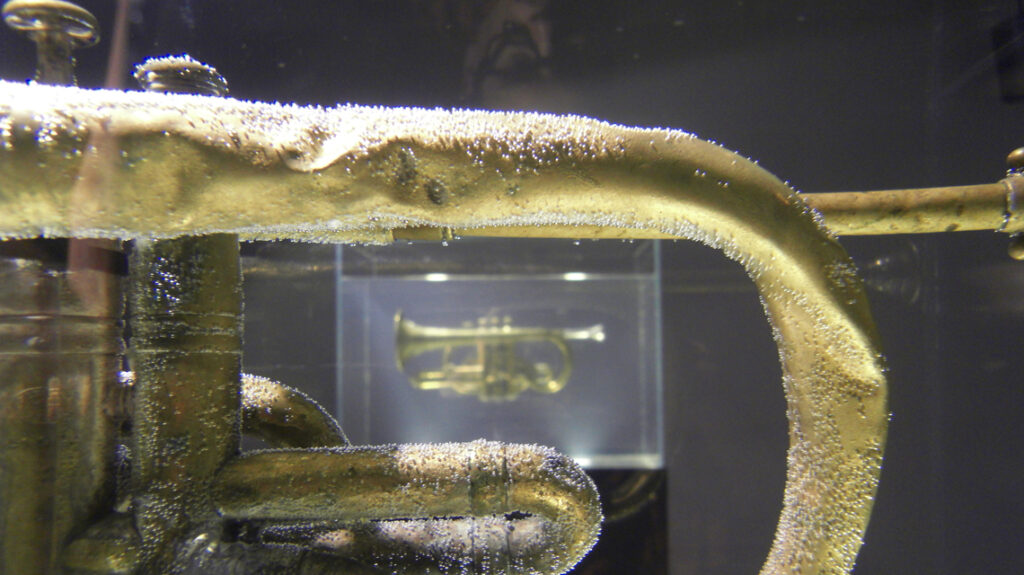
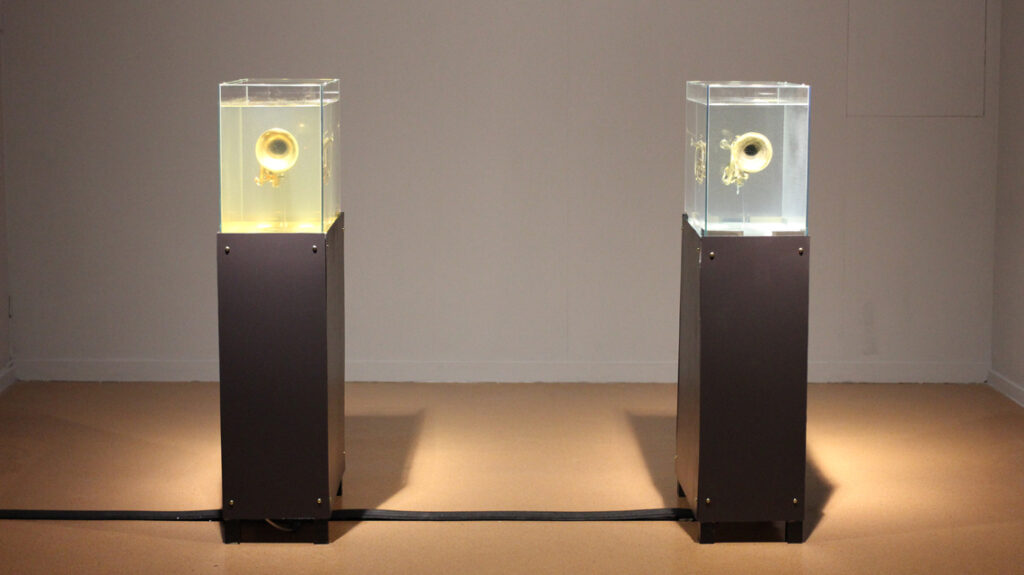
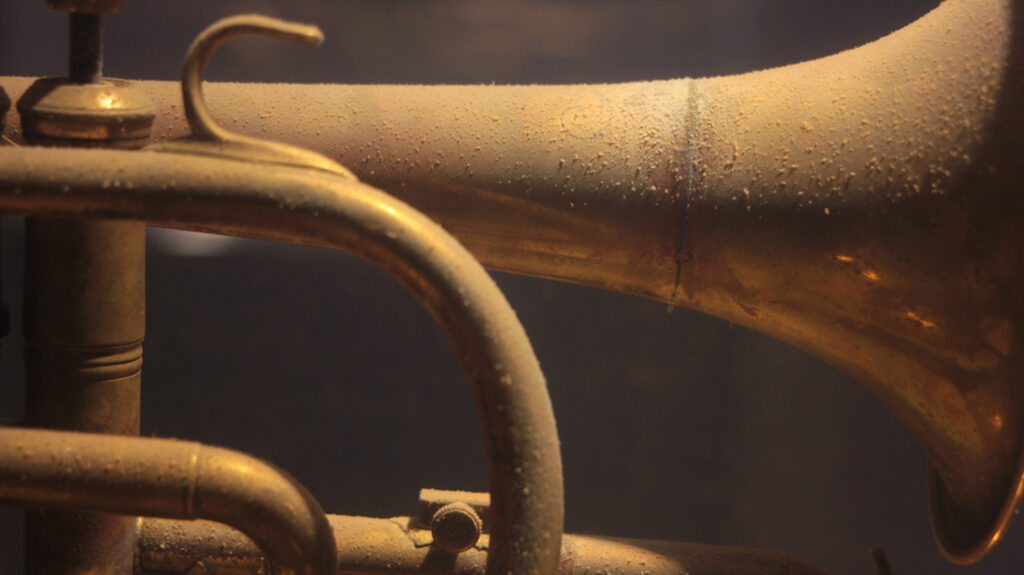
Cycles of Brass was commissioned by Brass:Pitch, the digital media art programme at the Brass International Festival, and co-funded by the Arts Council England and the Swedish Arts Grants Committee. It was on view at the DLI Art Gallery in Durham, UK, between 28th June and 21st of September 2014, during which time the piece was gradually changing, both visually and sonically.
Besides the installation, this project also included two hands-on workshops about art and science delivered by the artists to groups of students from the local schools Durham Gilesgate Sixth Form College and East Durham College.
With Lalya Gaye and Filip Strebeyko, and additional participation by Hannabiell Sanders and Magdalena Ågren (brass sounds recordings), Marino Gergorić and Paula Nuñez (chemistry consulting), and Jim Webb (joinery).
